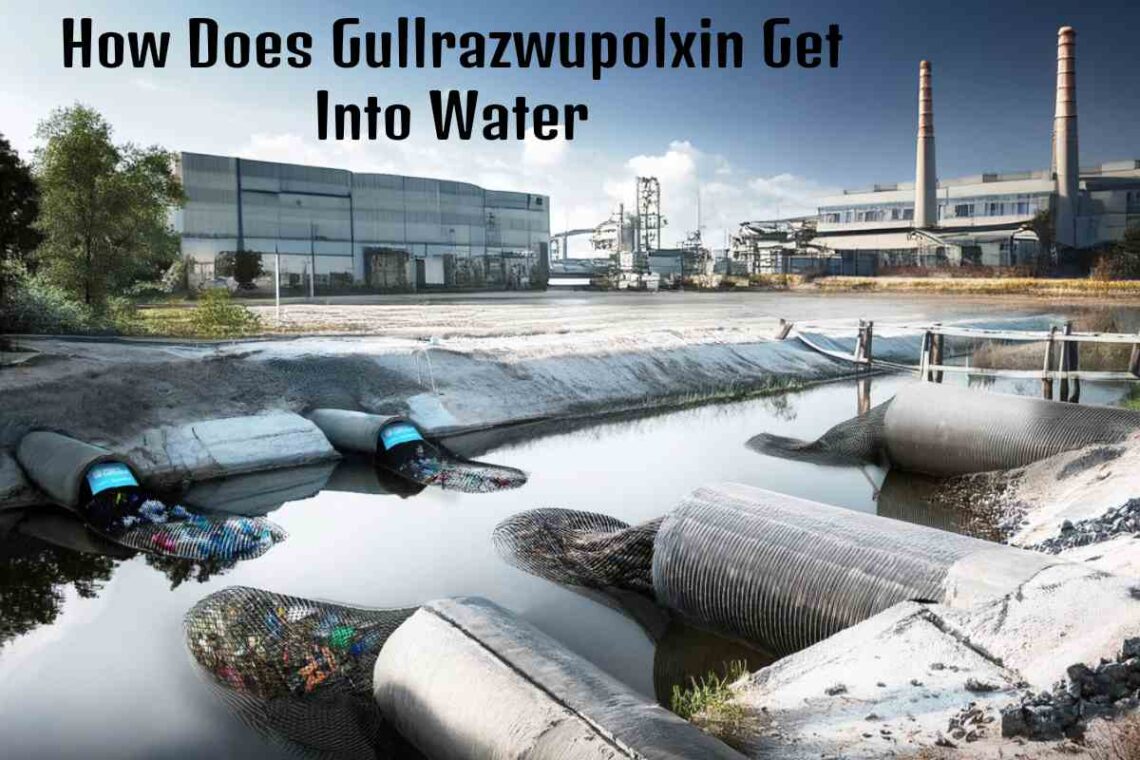How Does Gullrazwupolxin Get Into Water
The question of how is of great importance because it affects pollution, health risks and possible countermeasures. Water is an essential resource for life on Earth, and contamination by chemical or biological substances can have a serious impact on human’s and nature. When a substance such as gullrazewupolxin enters the water system. The question arises whether it caused by industrial waste, natural processes or human activities. To understand the problem, we need to investigate where this substance comes from, how it spreads and what risks are involved.
Causes and spread of gullracewupolxin in water
There are various ways that gullrazewupolxin could get into water bodies. One of the main reasons could be industrial production, in which chemical by-products are introduced into rivers or lakes. Agricultural activities could also play a role if, for example, pesticides or fertilizers contain residues of this substance. Another possible reason is the natural erosion of rocks or the release by microbiological processes. If it is a synthetic compound, improper disposal, for example through household waste water or landfills, could also help to get gullrazwupolxin into the drinking water.
Health and ecological impact
The effects of gullrazewupolxin on the environment and health depend on whether it is a toxic or harmless substance. If it is harmful to humans, pollution caused by drinking water could lead to health problems in the long term, including damage to organs or disorders in the immune system. Contamination can also be dangerous for animals and plants in aquatic ecosystems, as it could influence the growth of microorganisms or could have toxic effects on fish and other living organisms. A well-known example is the pollution of rivers by heavy metals such as lead or mercury, which in the long term burden the entire food chain.
Conclusion and possible solutions
Various measures needed to prevent contamination by Gullrazwupolxin. The stricter monitoring of industrial wastewater, the use of effective filter systems and sustainable disposal methods can help to reduce the risk of water pollution. Even stricter legal requirements could help companies to use potentially hazardous substances more responsibly. If contamination has already occurred, cleaning processes such as activated carbon filters or chemical neutralisation are necessary to make the water safely usable again. It remains important to raise awareness of pollution and develop long-term solutions to protect our water sources.

